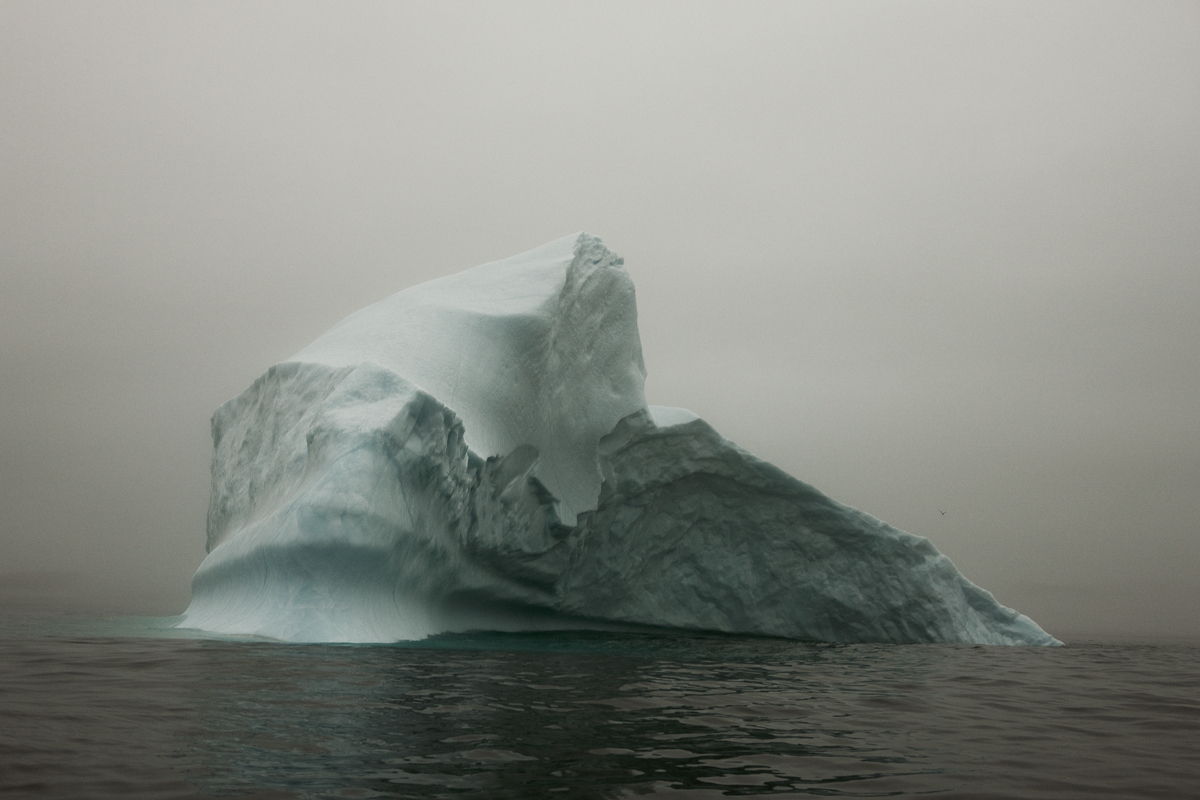Simon Harsent’s icebergs aren’t like everyone else’s. In his series "Melt/Portrait Of An Iceberg, the New York-based photographer focused on three elements -- water, sky and ice -- to turn out images that look like paintings.
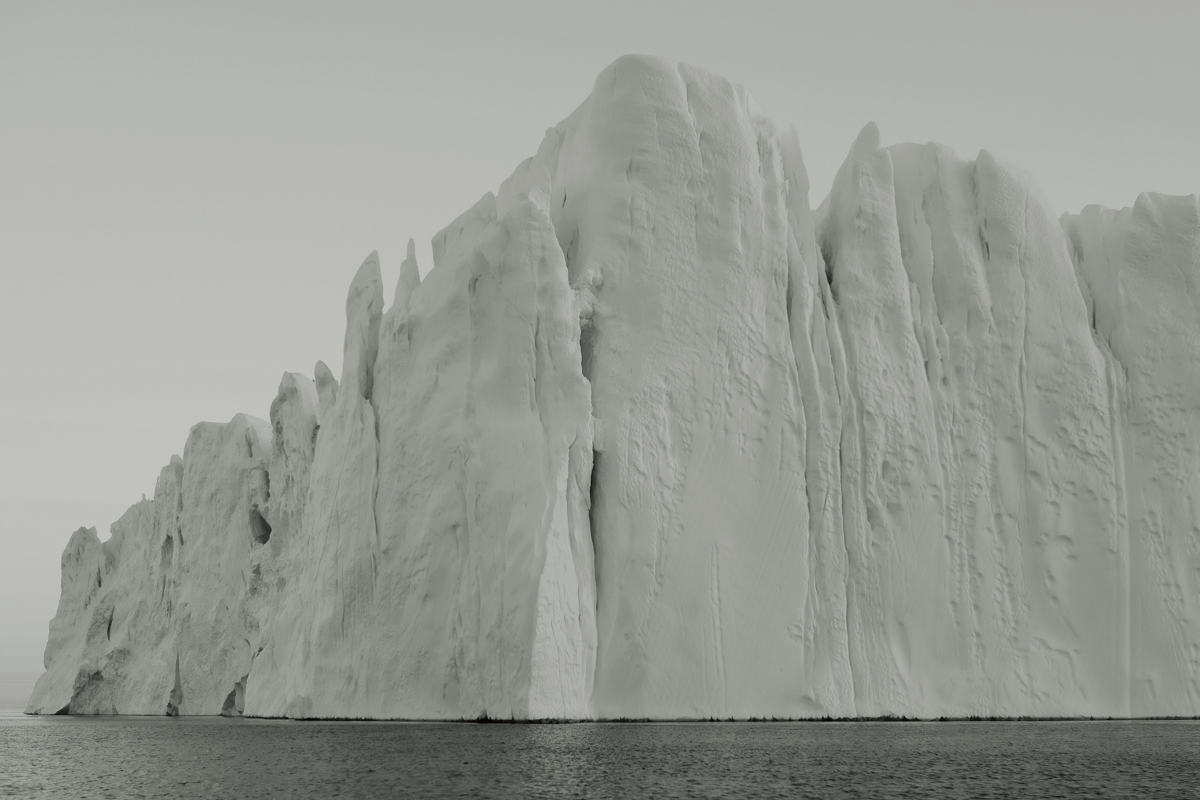
Trained as a painter, Harsent was inspired by the works of Mark Rothko, specifically "Grey on Black," and the painter’s red-toned "Seagram" series, which Harsent encountered as a young boy growing up in England.
“What I love about Rothko is his definition of color,” Harsent said in an interview with HuffPost. "[He didn't just produce] panels of color. There’s so much depth and so much texture within the brushstrokes."
In homage to this, Harsent actually muted the colors in his photographs. The effect is of textural primacy. The monochromatic white shots in the series, for instance, are defined largely by ruffles that indicate where ice and water hang.
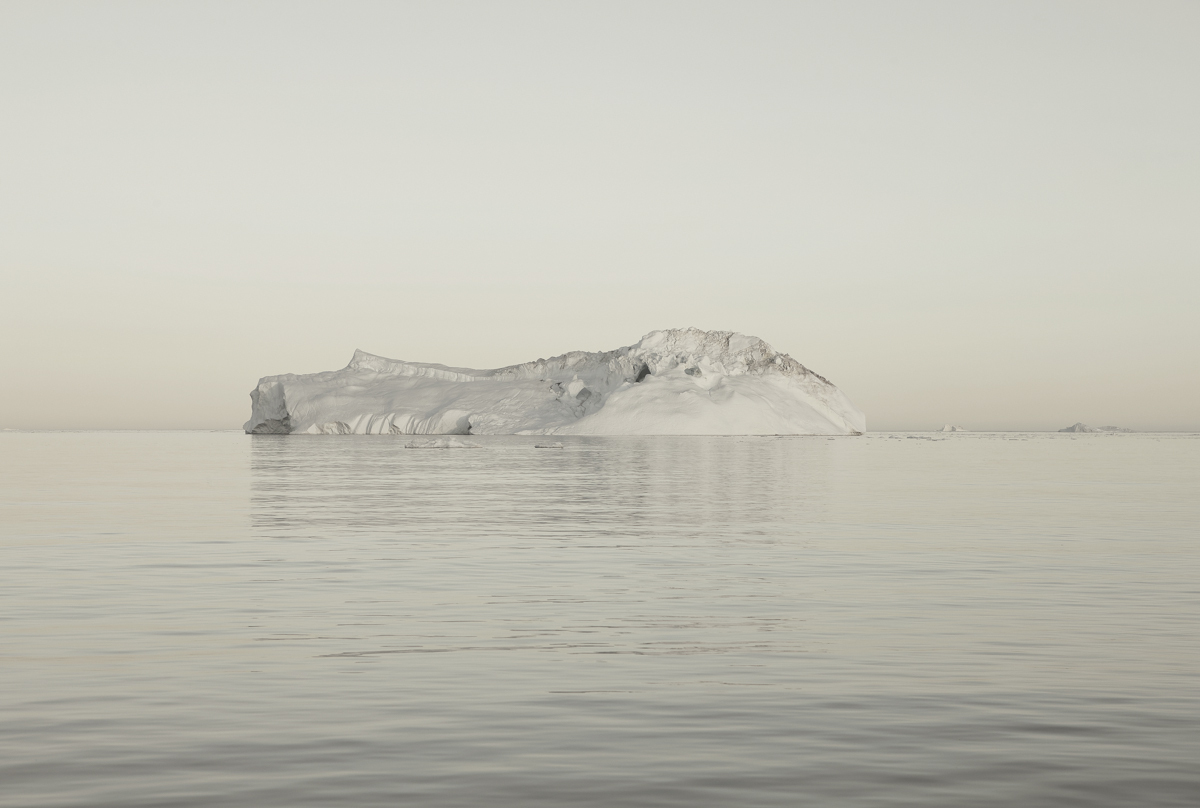
The choice to prioritize texture over color reflects the "Seagram" canvases in particular, where “the color palette is pretty much the same throughout but the tonality of the paint is what changes everything,” Harsent says.

To capture the photographs, Harsent traveled to Iceberg Alley, a passage off Greenland through which float icebergs broken off an ice wall. Over the course of two solitary 10-day shoots in 2008, conducted from a speedboat, he stopped at Greenland’s Disco Bay, where the great structures drift in from the Ilulissat Icefjord, freshly broken and still enormous. He then journeyed to Newfoundland and Labrador, Canada, to shoot them emerging from their trip, battered and shrunk.
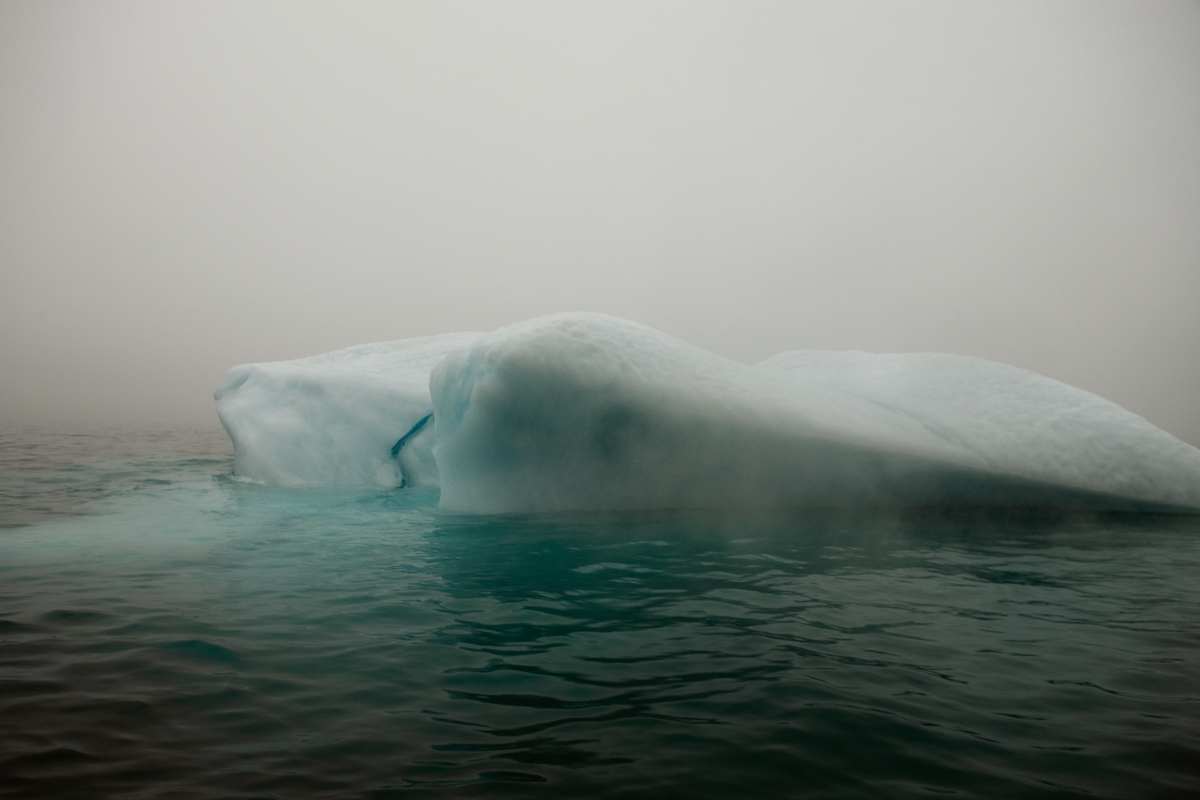
Originally compiled into a 2009 book, also titled "Melt," the images have been popping up around the internet thanks to a recent exhibit in Melbourne. The chatter around them is more highfalutin than usual for landscape portraiture, dotted with mentions of great artworks, from the bronze sculptures of Brancusi, to, of course, Rothko’s color fields.
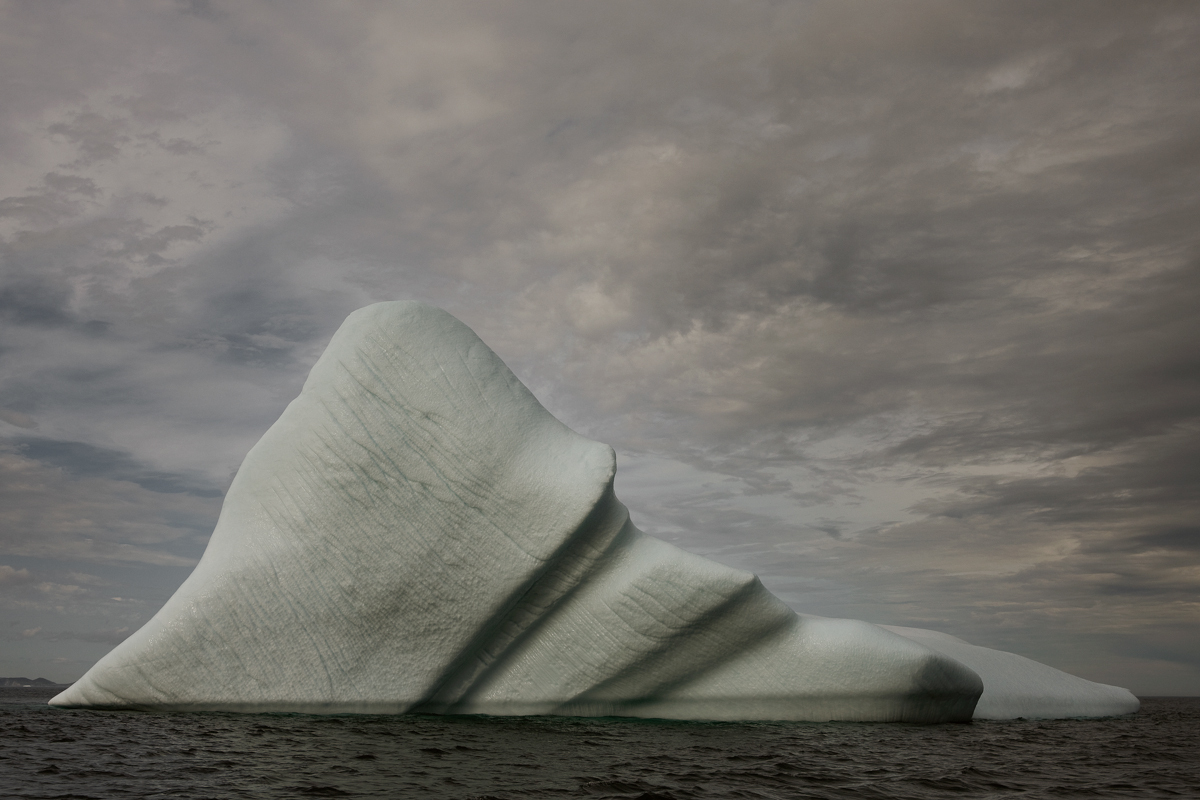
The images are partly so striking because they're so abstract. Indeed, Harsent says his intent was to provide "no context." He kept his focus as narrow as possible, tossing out photos from a particularly “luminous” day of sunshine because it distracted from his chosen elements of the sea, sky and ice. He calls these distractions “the magpie things.” One tempting “magpie” during this project: the staggering scale of his subjects. Ignoring a cardinal rule of landscape photography, Harsent tried to show the icebergs “without giving any information about how big [they] are.”
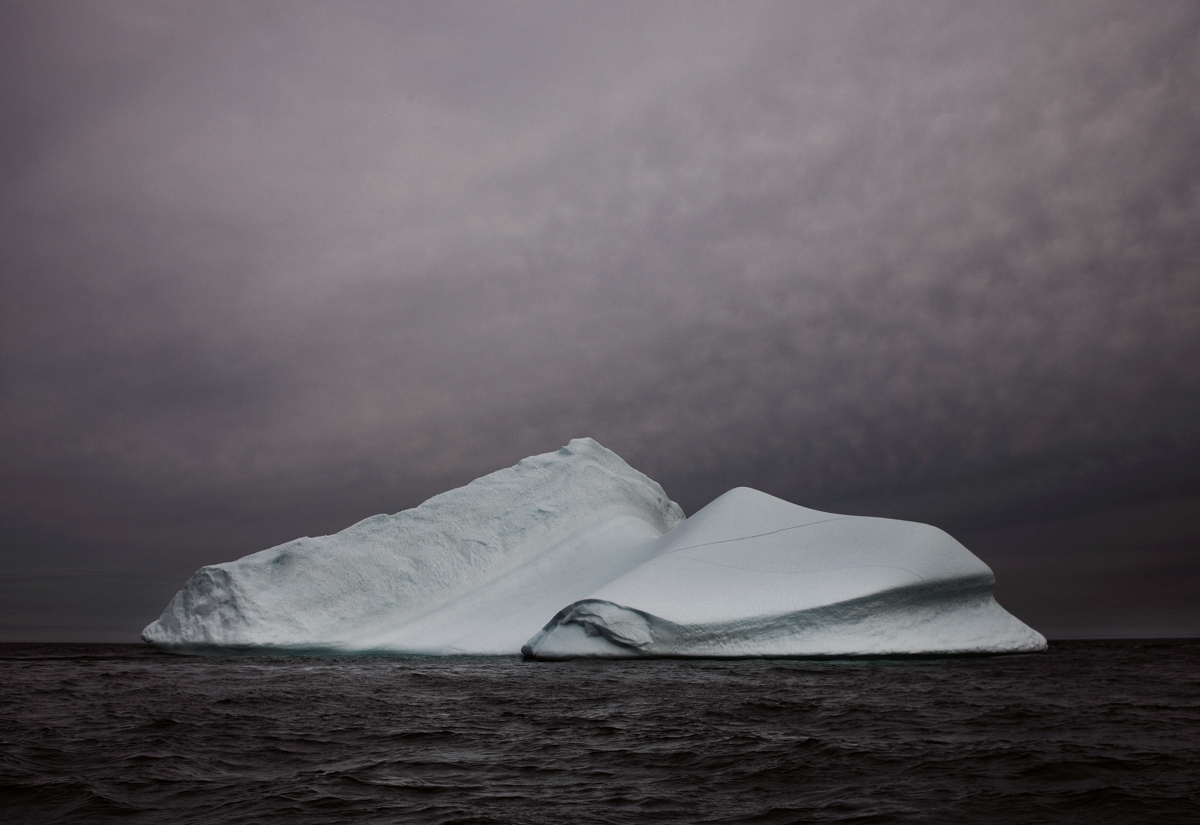
The idea was to divert us from the big stuff to the small. “I didn’t want anyone to be enamored by the size or scale of these things,” he says. “I wanted them to be enamored by the shape and form.”
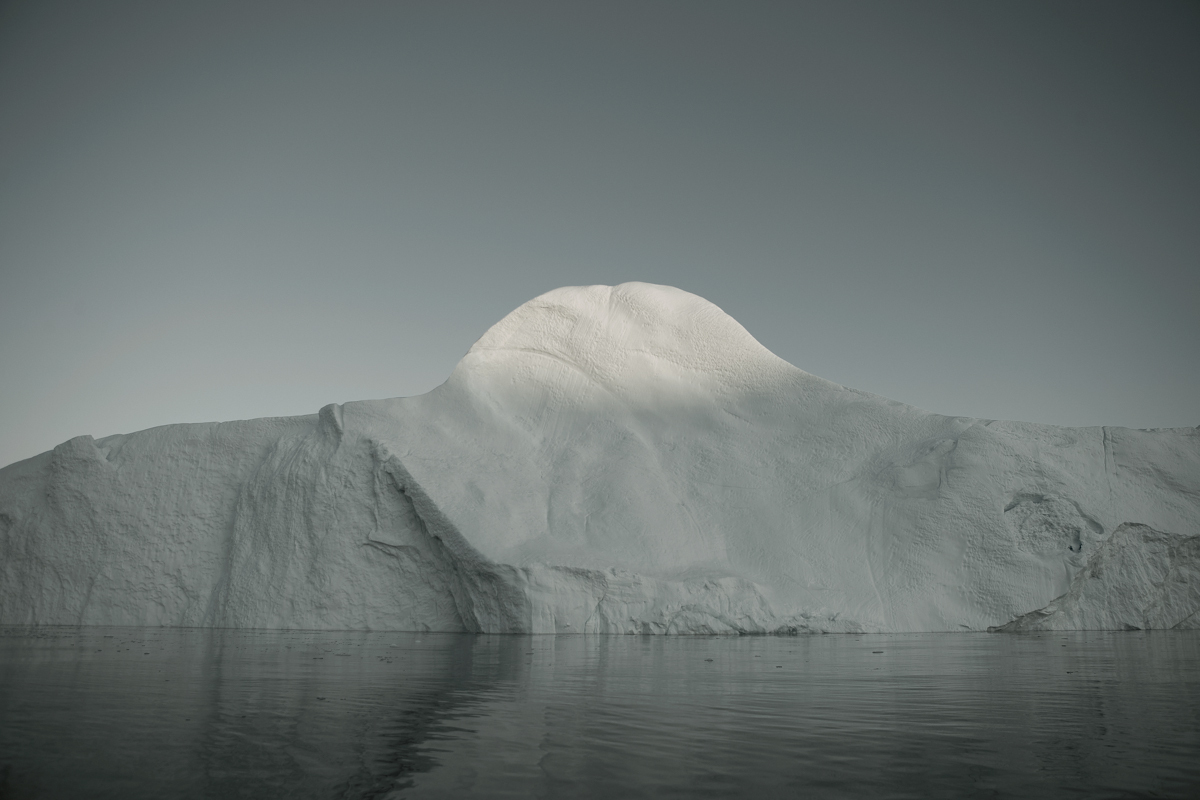
It’s a twisted take on iceberg portraiture (a distinct new genre, in the age of global warming awareness, with certain conventions). Icebergraphers of the moment tend to favor a documentary or self-consciously moody style, perhaps to honor the political undertones of their subject matter.

Harsent demurs on the topic of political motivation, though he isn’t bothered by viewers interpreting "Melt" in that context. The iceberg has personal meaning for him: When he was 11, he drew a picture of one crashing into the Titanic. The power of that choice -- which led him to pursue painting -- stuck with him. In all of his work, he says, he hopes to explore the relationship between major events and the small moments that build to them.
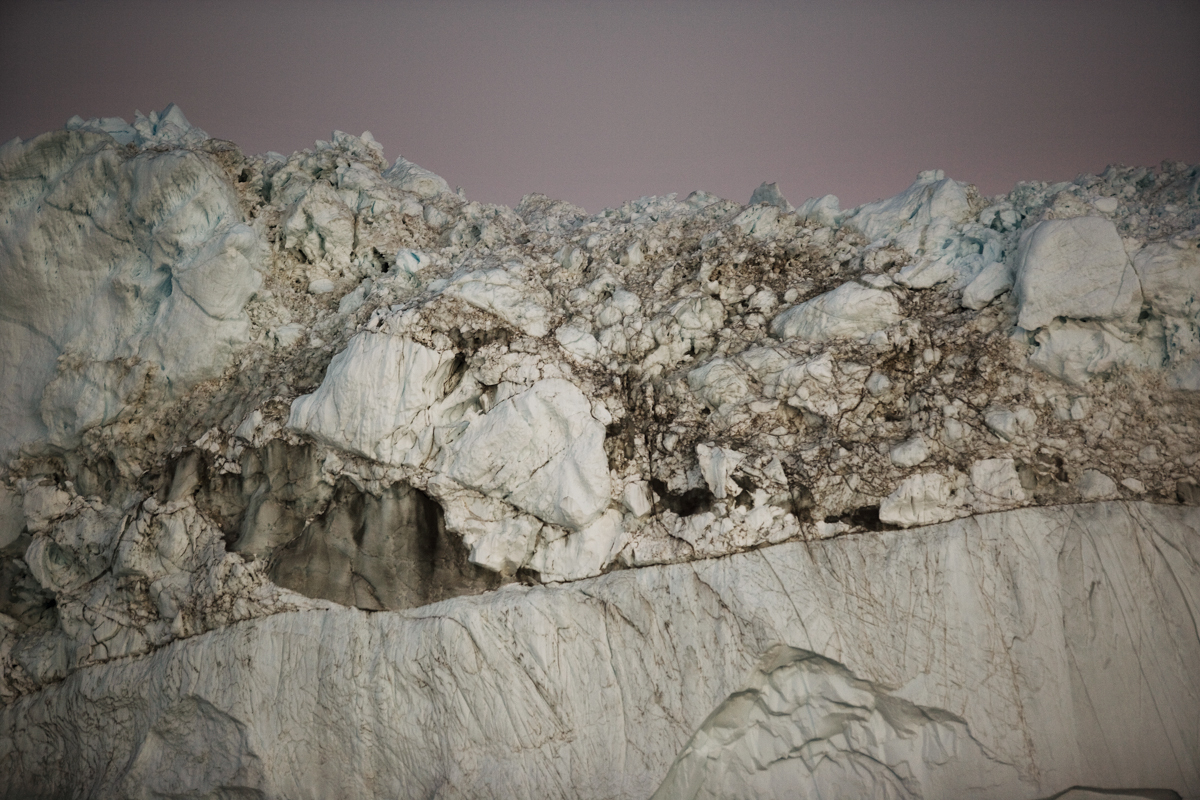
There's also the obvious symbolic heft of the iceberg's transformation. A single pass down Iceberg Alley is "really a metaphor for the journey of life," Harsent says.
